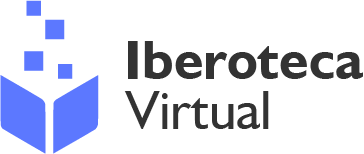Sharing Higher Education's Promise beyond the Few in Sub-Saharan Africa
Editorial: The World Bank Group
Licencia: Creative Commons (by)
Autor(es): Darvas, Peter; [et al.]
Despite a spectacular expansion of the higher education sector in Sub-Saharan Africa, the supply of tertiary education has generally failed to keep pace with demand and the region continues to lag all other regions in terms of access to tertiary education. This is in part a consequence of deeply entrenched patterns of inequitable access to higher education, and the perpetuation of what researchers refer to as "elite systems". To date, access to tertiary education in Sub-Saharan Africa has unduly benefitted students drawn from the region's wealthiest households, and overall enrollment remains disproportionately male, and metropolitan. These factors stifle the catalytic potential of higher education, corroding its potential for driving economic growth and sustaining poverty reduction. Instead, patterns of access to tertiary education have generally reinforced and reproduced social inequality, instead of eroding its pernicious social and economic effects. This report aims to inform an improved understanding of equity in tertiary enrollment in Sub-Saharan African countries, and to examine the extent to which inequity functions as a bottleneck inhibiting the ability of African universities to effectively drive improvements in overall quality of life and economic competitiveness. In our survey of the evidence, we also aim to identify which policies most effectively address the challenge of promoting equity of access in SSA tertiary education systems. In order to achieve these objectives, the report collects, generates and analyzes empirical evidence on patterns of equity, examines the underlying causes of inequity, and evaluates government policies for addressing inequity.
[Washington: 2017]
Compartir:
Una vez que el usuario haya visto al menos un documento, este fragmento será visible.


